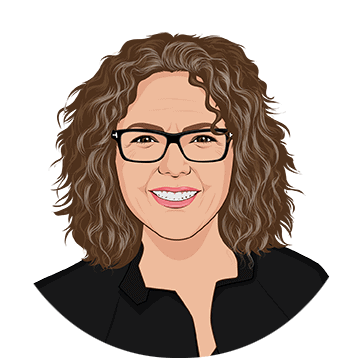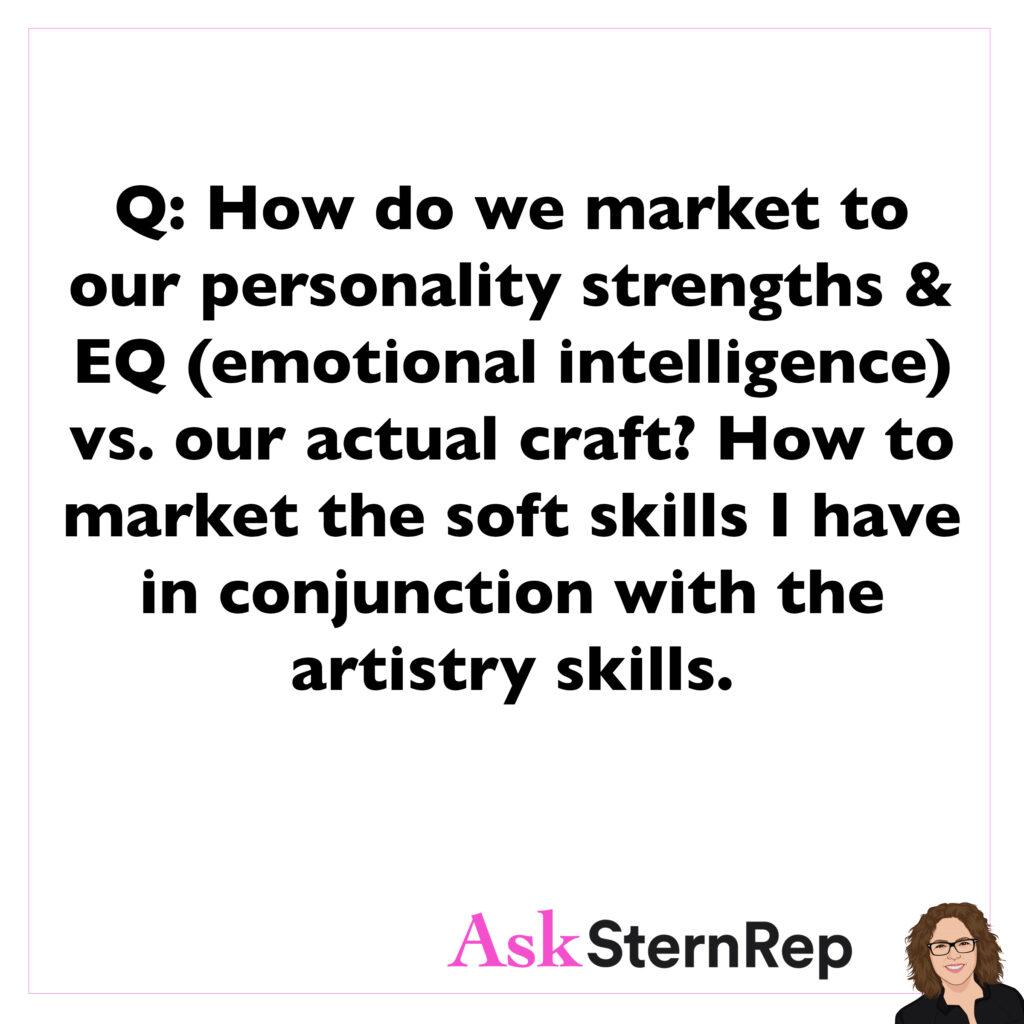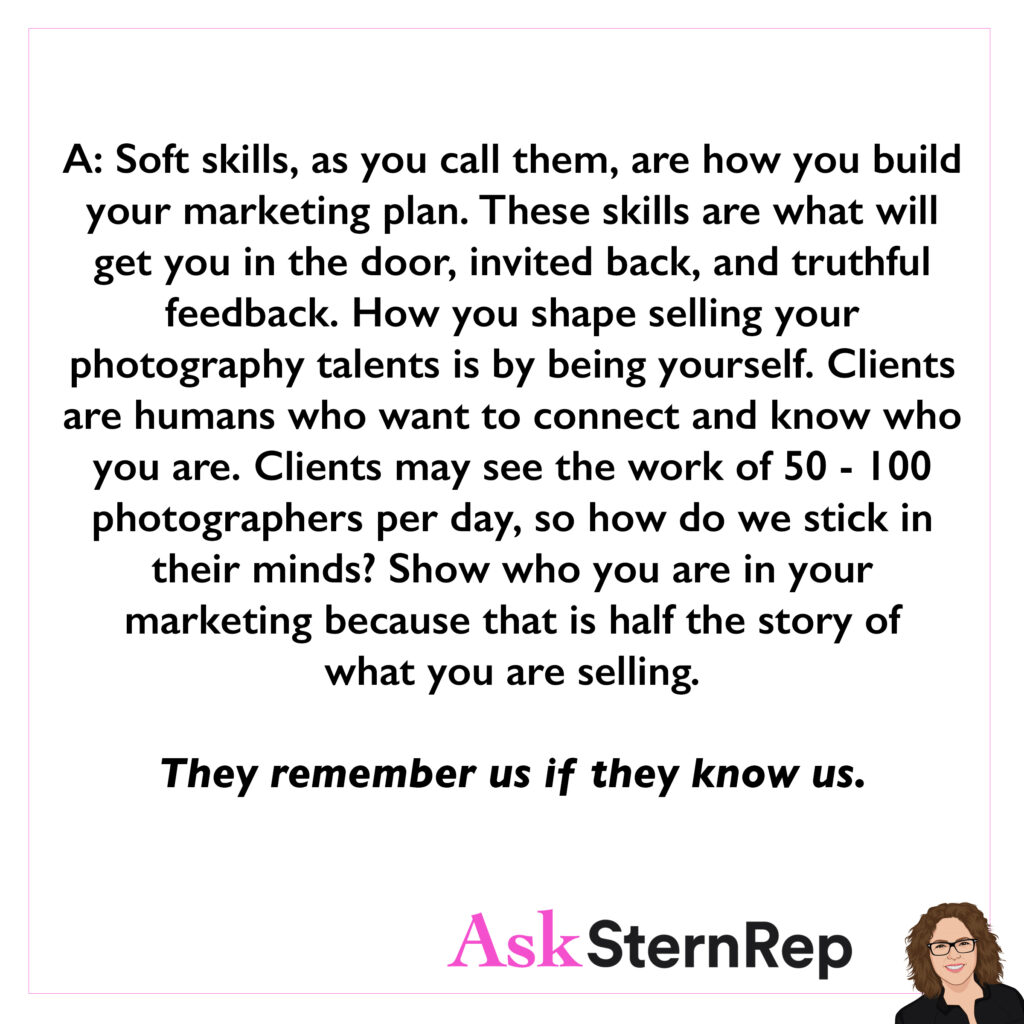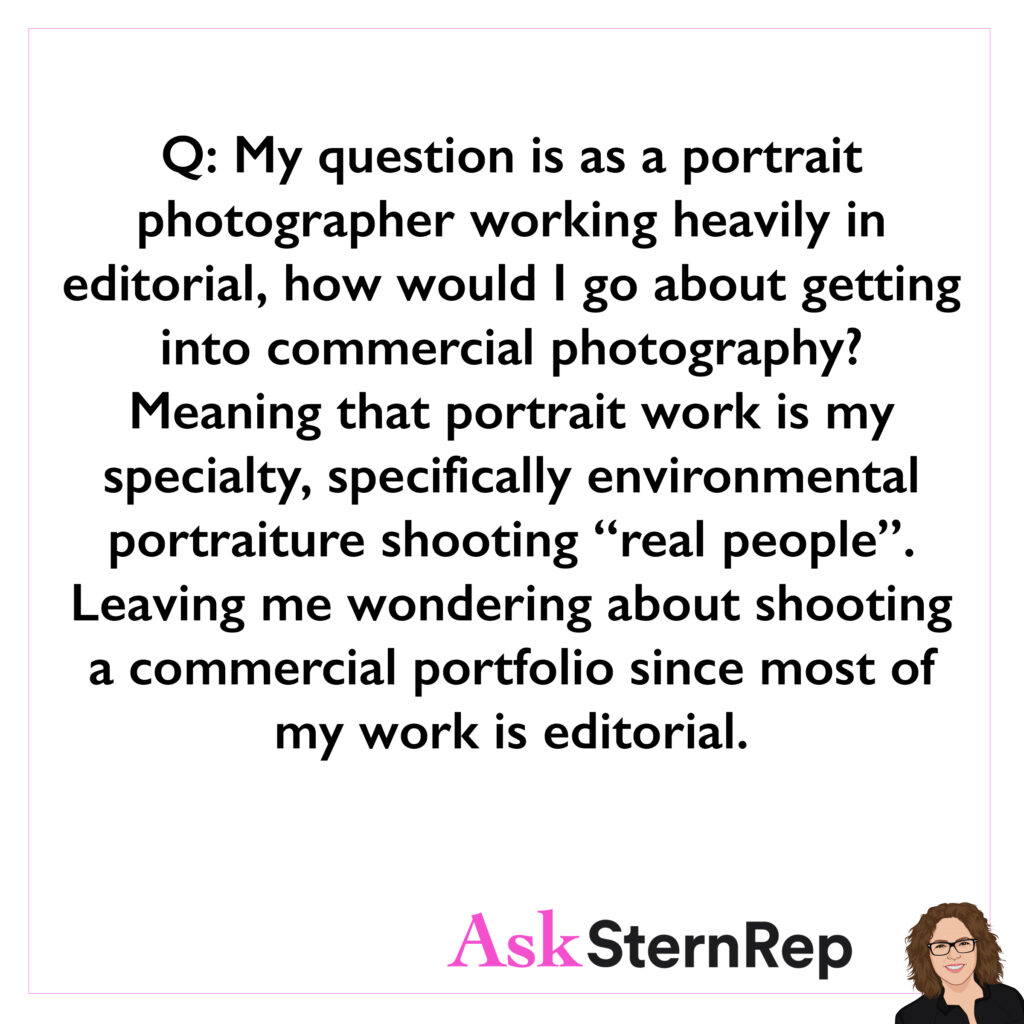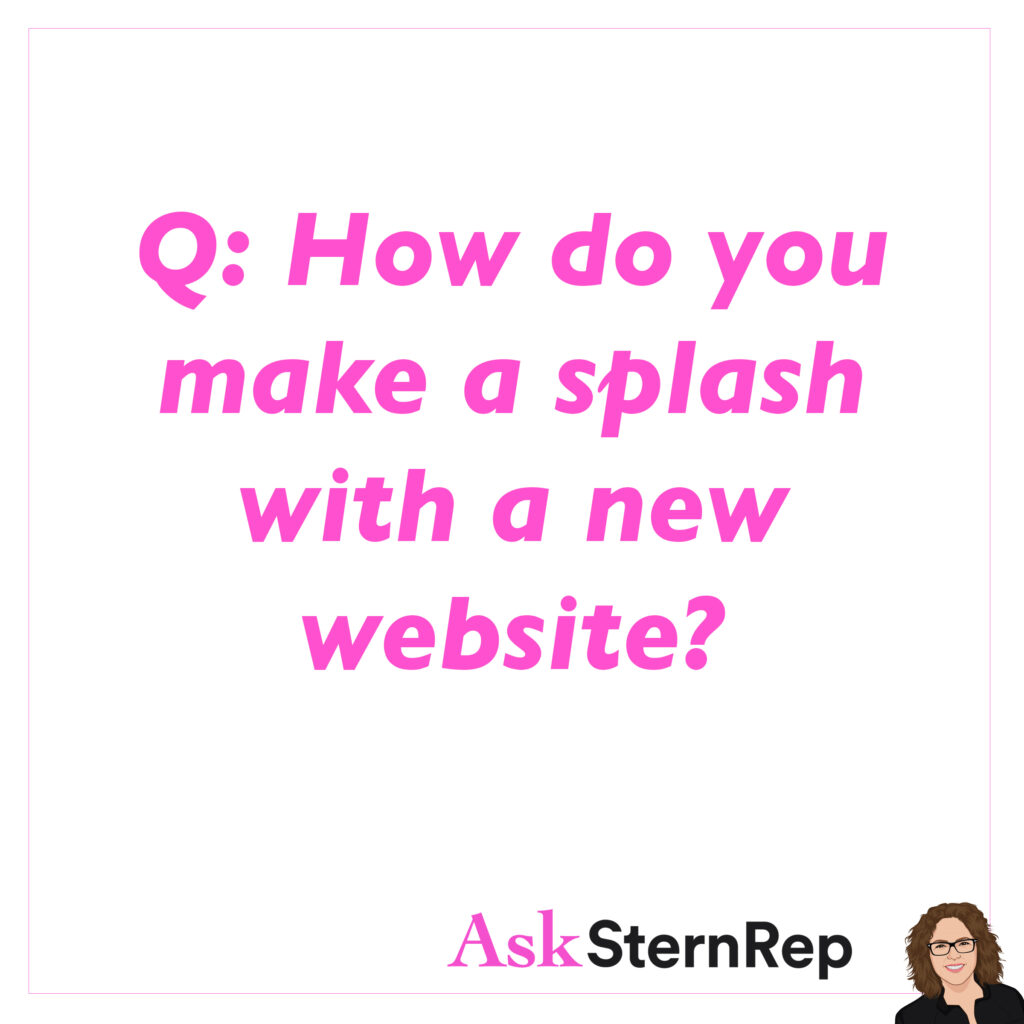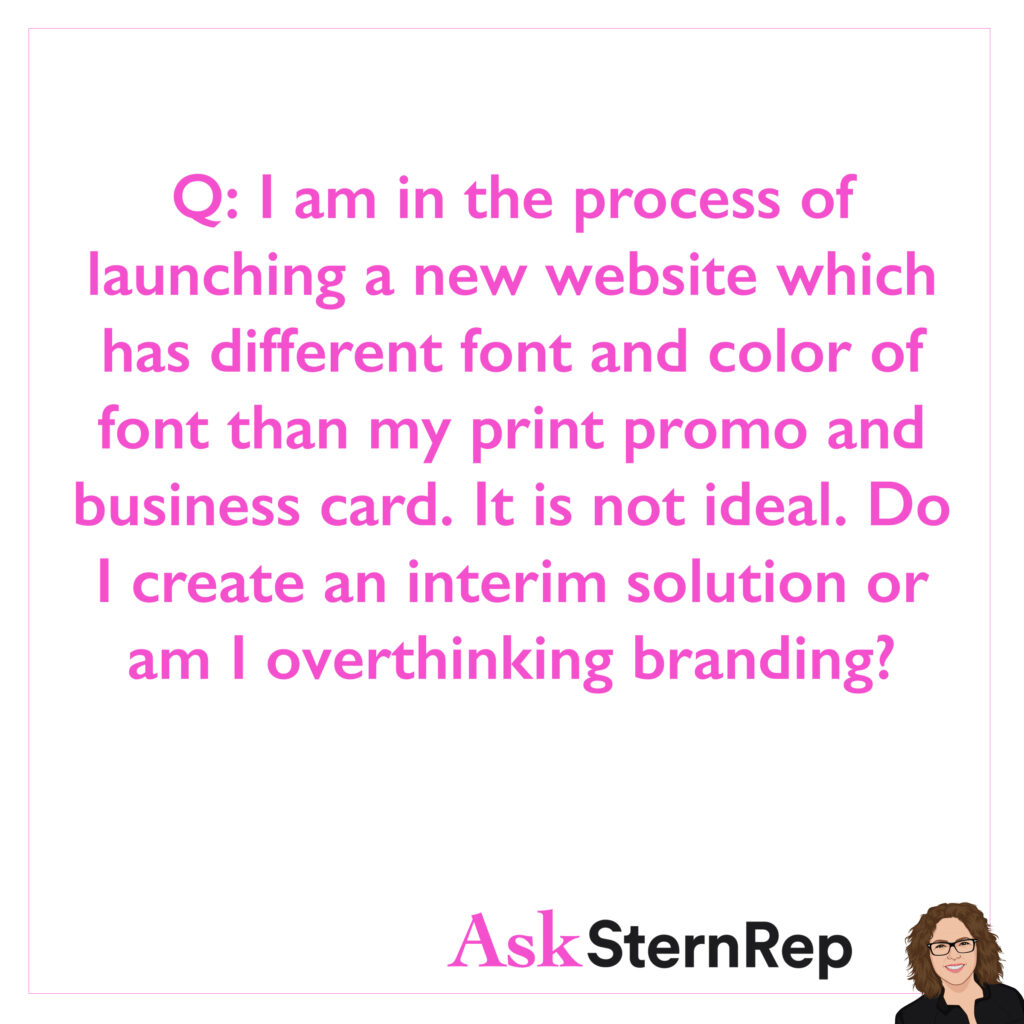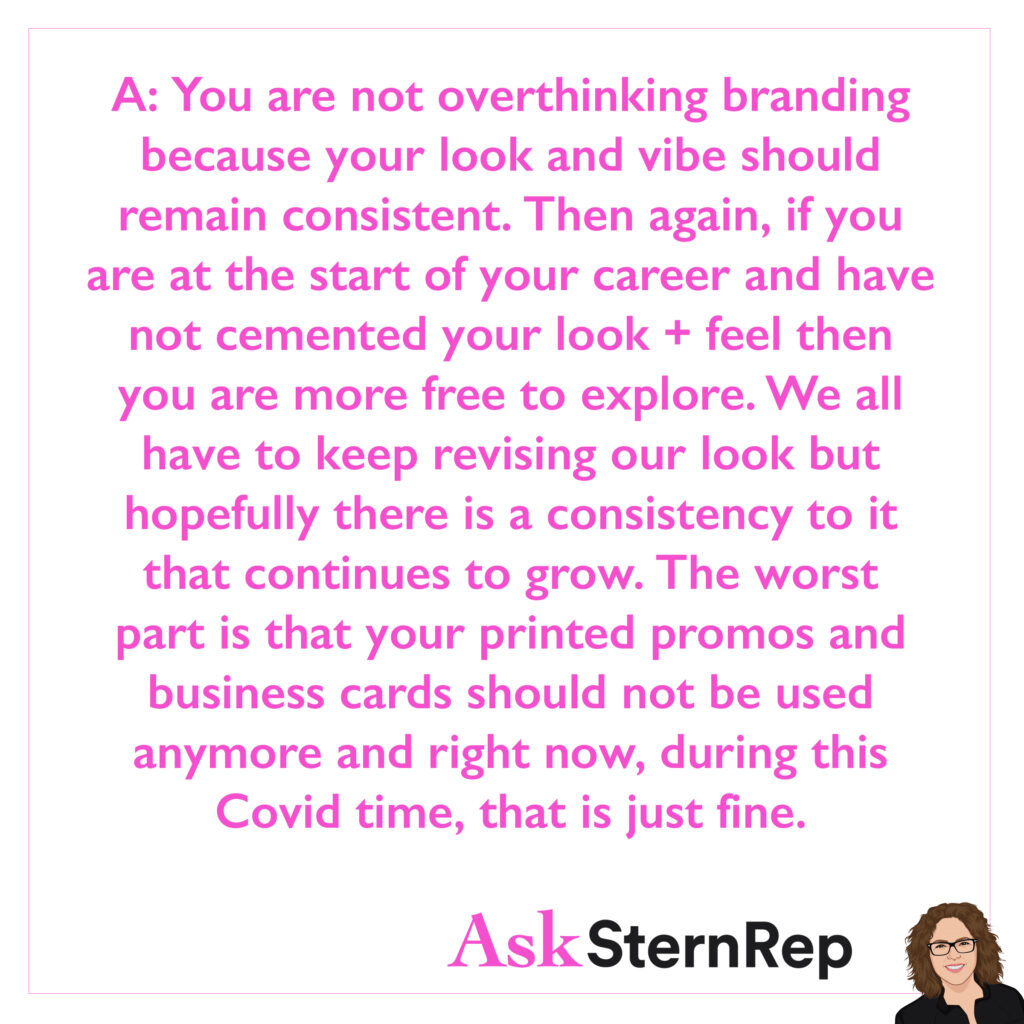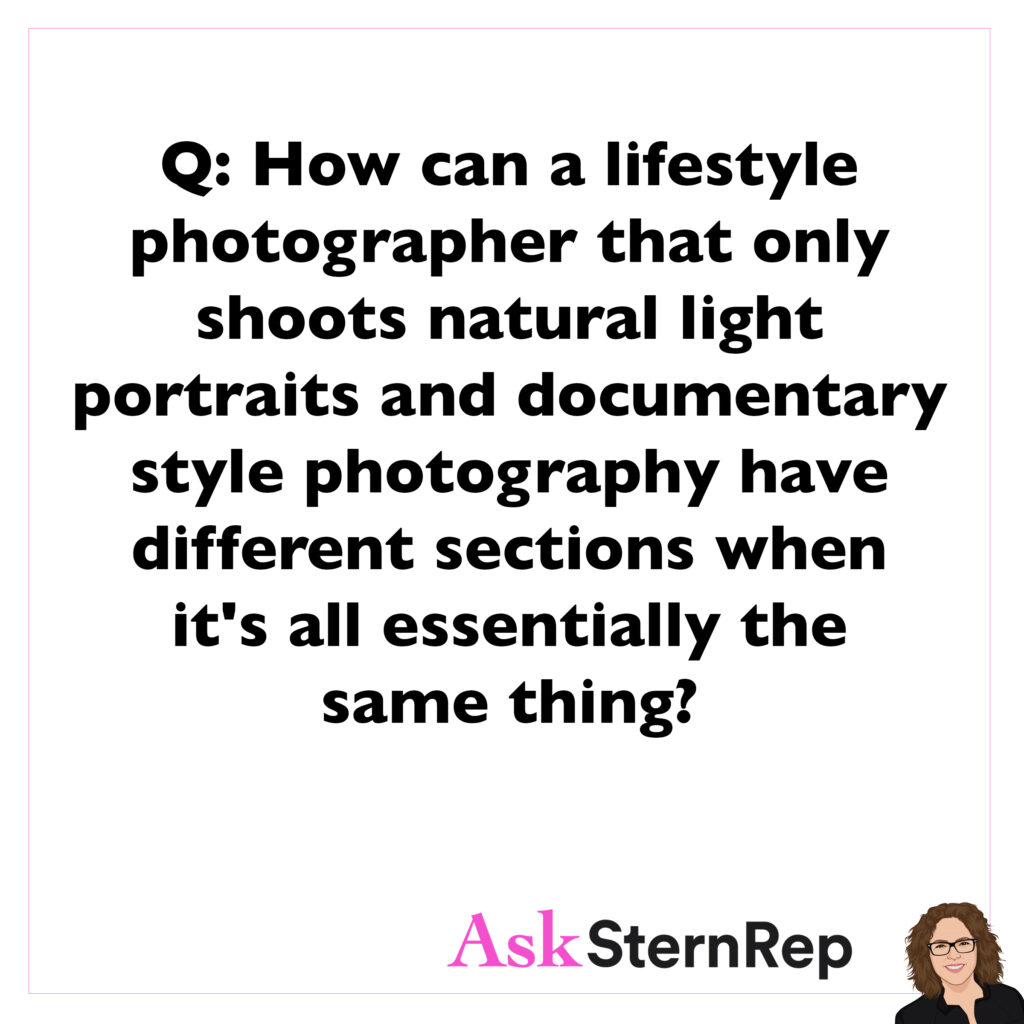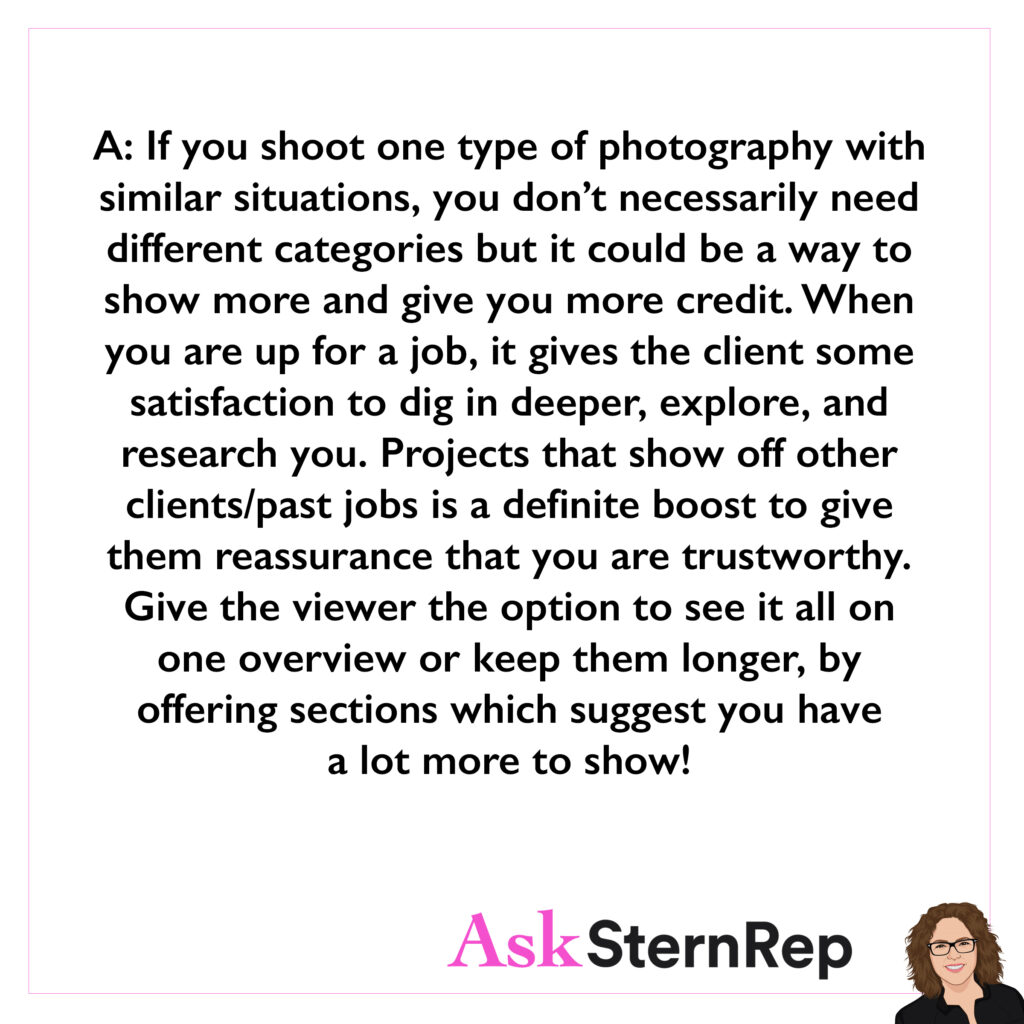

Q:
When you say to bring the client’s branding into the treatment, do you mean their overall visual language/aesthetic or their actual branding like their logo etc?
A:
Your treatment is all about having the client feel like you “get them.” You are what they’ve been looking for to bring their idea to life! Use every way you can to translate this; it is your opportunity to speak their language with their logo in the titles, and their colors styled aesthetically throughout.
